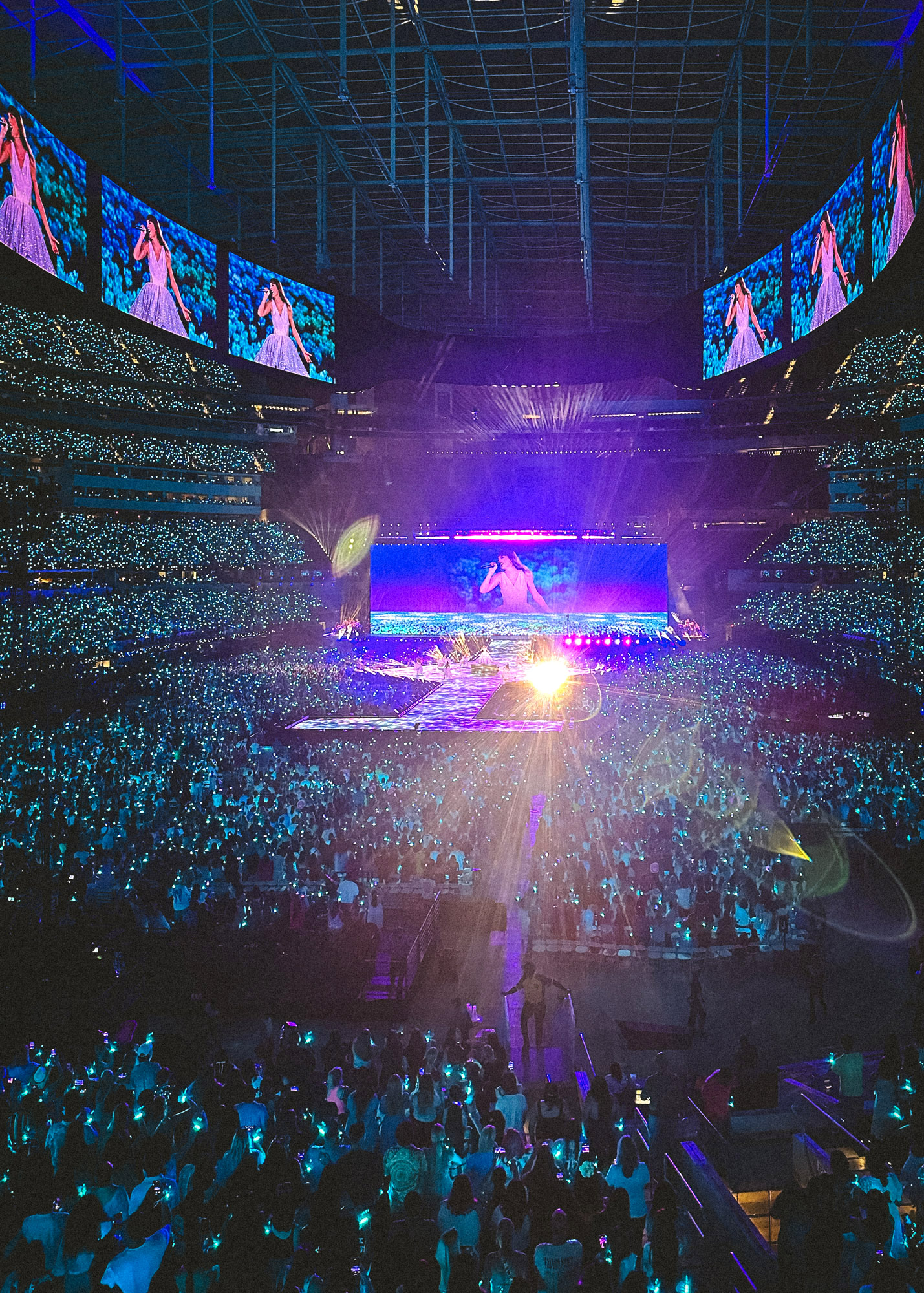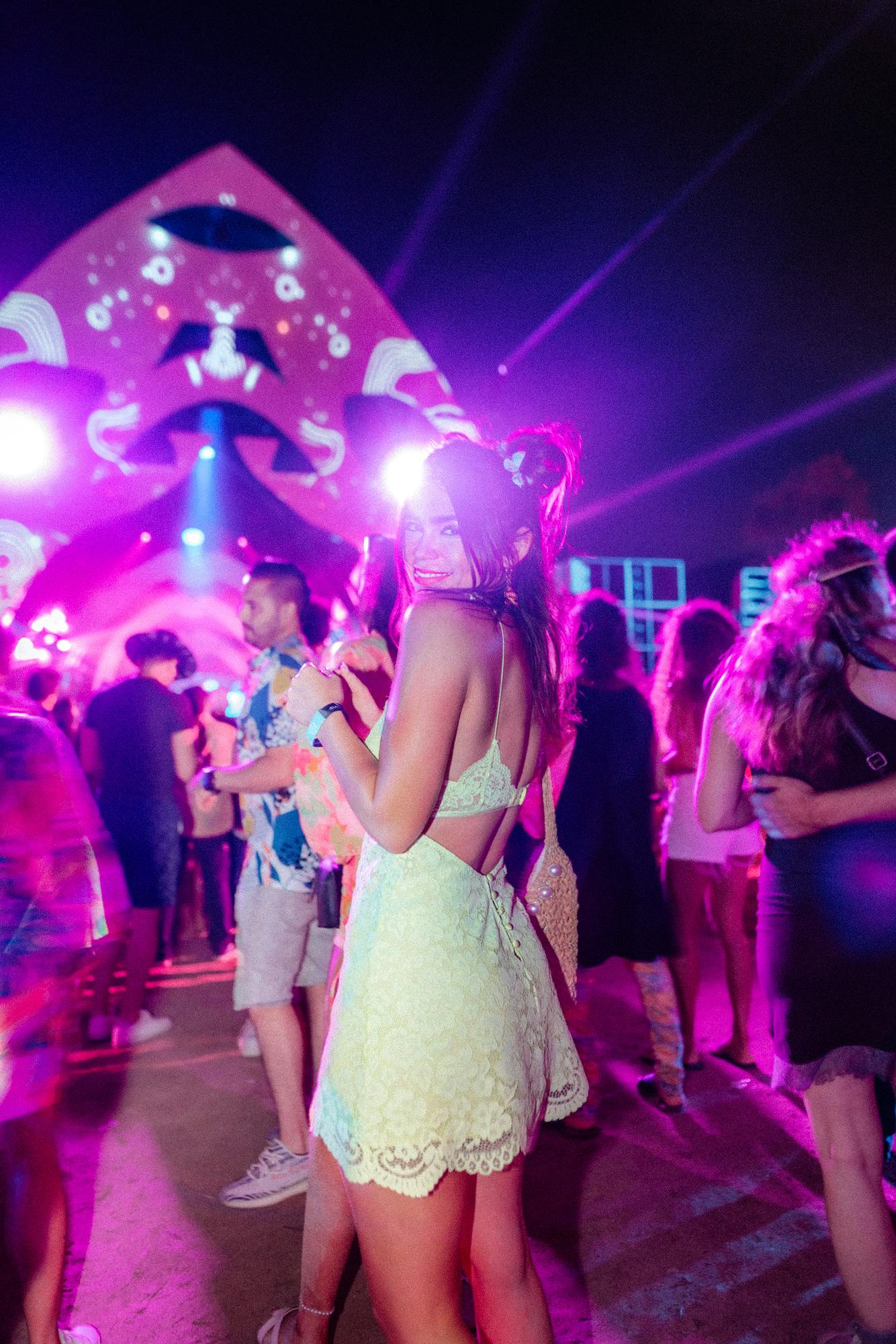How Luxury Travel Destinations Are Redefining Entertainment Experiences Worldwide
A new generation of luxury destinations is treating entertainment as core infrastructure rather than a nightly add-on. From purpose-built arenas in Singapore to immersive venues in Las Vegas and conservation-led resort clusters on Saudi Arabia’s Red Sea coast, the trip itself is increasingly staged as a live show.
The broader pattern, observed across hotel groups, city authorities, and sovereign-backed developers, centers on large-scale investment in venues, audiovisual technology, and integrated programming. The goal is consistent, longer stays and higher on-site spending, with entertainment packaged alongside dining, wellness, and retail. Discovery platforms, including Bonus Finder in adjacent casino markets, have become part of the planning stack, as travelers compare experiences that now compete across borders, as well as brands.


Immersive Venues Reset Expectations
The Sphere in Las Vegas became a symbol of the shift in 2023. The venue’s operator describes the building as a new entertainment medium, with a wraparound LED interior and a beamformed sound system that directs audio to specific seats.
“Every aspect of Sphere was designed to transport audiences to new places, both real and imagined,” Executive Chairman James L. Dolan said when launching The Sphere Experience, a two-hour program that includes Darren Aronofsky’s Postcard from Earth film, environmental effects, and haptic seating, according to the company’s press materials.
The approach reframes a theater as an instrument, drawing the attention of destination marketers who track social reach and premium ticket yields.
Singapore Doubles Down on Scale and Programming
In April 2024, Marina Bay Sands outlined an expansion that includes a new luxury hotel tower and a 15,000-seat arena intended to attract top-tier global tours.
“With the ongoing support of the Singapore Government, this development will further enhance the leisure and business tourism appeal of Singapore,” Patrick Dumont, President and Chief Operating Officer of parent company Las Vegas Sands, said in a news release. He described the all-suite tower and the arena as components designed to lift hospitality standards and draw high-value visitors. The company has separately invested in phases of hotel refurbishment focused on suites, VIP arrival, and wellness areas.
Construction was scheduled to begin in July 2025, with a targeted completion date of July 2029, subject to approval. The expansion complements Singapore’s existing focus on meetings and conventions, where venue capacity and air connectivity remain key factors in securing major events.

Regenerative Luxury as a Tourism Narrative
Saudi Arabia’s Red Sea Global has pursued an entertainment model tied to landscape rather than spectacle. The developer opened its initial ultra-luxury resorts in 2023 and 2024 and is pushing toward additional openings ahead of 2026.
“Our ambitions are beyond just the Saudi Arabian market,” CEO John Pagano told Reuters at the Reuters NEXT Gulf summit in Abu Dhabi. He said travelers were “looking to travel sustainably,” adding that destinations designed in harmony with the environment, with “thriving coral reefs,” now act as a draw in their own right.
The company has also signaled international ambitions, with Pagano describing a first overseas project in Italy and a selective approach to future sites. The pitch combines conservation and entertainment through guided marine experiences, mountain activities, and small-scale cultural programming at coastal resorts.
Cruise Lines and Hotels Turn Into Districts
On large ships, entertainment districts function as walkable night neighborhoods, with residencies, stunt stages, and late-night cabaret sitting beside casual dining. On land, mixed-use resorts borrow the same logic, dispersing smaller stages through lobbies, rooftops, and waterfronts. The aim is to keep guests moving within the property while making it easier to discover programming without long transfers.
Technology remains mostly invisible in these plans. Projection mapping, holographic installations, and targeted audio appear as layers beneath the surface, supporting a sense of discovery rather than acting as the headline. Food and beverage curation operates on a similar cycle, with seasonal residencies and pop-up collaborations designed to refresh lineups between major events.
The Business Behind the Spectacle
Investment cases hinge on time and yield. Purpose-built arenas promise reliable routing for global tours. Hotel reinvestment programs add suites and premium arrival experiences tied to higher room rates. Conservation-led resorts target length of stay and reputational lift. In each scenario, entertainment is positioned as a primary driver of visitation, rather than a peripheral amenity. Developers and tourism agencies describe the same outcome: a stack of reasons to extend trips inside a single destination footprint.
Industry sources frame the strategy in practical terms. Larger stages fill calendars. Smaller stages fill afternoons. The connective tissue is operations that reduce friction, from ticketing embedded in room keys to concierge teams that stitch dining and shows into a clean schedule. The new competition is less city against city than program against program.

The entertainment map of luxury travel is being redrawn by arenas built into resorts, conservation-framed itineraries, and technology that behaves like architecture. The shows are no longer just at eight o’clock. They run from arrival to checkout, in venues that treat sound, light, and place as one design problem.




